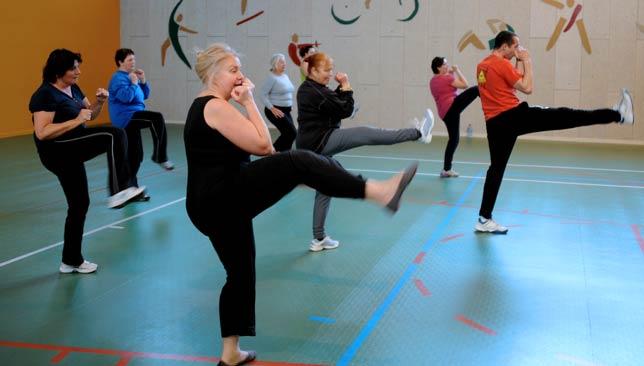
Risk Factors & Avoidance
Obesity: Extra weight puts stress and strain on your joints, including your spine. Carrying around the extra kilos has a compressing, squeezing effect on the discs, making you much more likely to sustain a herniation. You are also likely to have very little core strength to alleviate the pressure and stabilise the pelvis, putting it into an anterior tilt which will place an uneven load on the lumbar discs. Losing weight and improving your core strength will help avoid disc problems. A daily walk will make a world of difference.
Sedentary lifestyle: Sitting puts about 30% more pressure on your spine and discs. Not only that, but we tend to sit in a slumped position on the sofa causing a posterior tilt of the pelvis which, just like the point above, will cause an uneven load on the lumbar discs. If your job is behind a desk, get up and walk around every hour and stretch your back, neck and shoulders. Engage in some regular vigorous exercise to counterbalance.
Sport: There is the obvious cause of trauma in sports such as rugby, skiing, horse riding, boxing, martial arts and football. The impact of running or athletic activities like long jump will eventually take their toll on your back. “One sided” sports such as tennis, cricket, baseball and golf will soon create muscle imbalances, making you much more susceptible to bulging discs all the way along the spine. Take care of your technique whenever you engage in sport. If you swim with your head up, your neck is vulnerable; watch your pelvic and shoulder position when cycling; always spend some time stretching and counterbalancing after any sport. Yoga and Pilates are a popular way to remain injury free or rehabilitate.
Pregnancy: There are four main reasons for pregnancy increasing your risk of disc problems. Firstly, the extra weight gain will increase the pressure on the discs, so keeping your weight in check is vital. Secondly, as the bump gets bigger, your posture is thrown out of line causing an imbalance in load through the spine. Thirdly, your abdominal muscles are stretched and unable to support your back; and lastly, the presence of the hormone relaxin softens the ligaments that support the joints, causing instability. Prepare for pregnancy by strengthening your core and back muscles and avoid excessive weight gain. Pilates is ideal.
Occupation: Not just sedentary as discussed above, but manual work where you carry heavy loads or are constantly bending and twisting, puts tremendous loads on your spine and discs. A strong core and back will definitely help protect your discs, as will correct carrying and lifting technique.
Congenital defects: A Scoliosis (lateral S curve of the spine) or having one leg shorter than the other will obviously put uneven pressure throughout the spine. Physiotherapy and a carefully devised Pilates/yoga programme can benefit anyone with these issues.
Next week: Treatment and simple exercises to help.